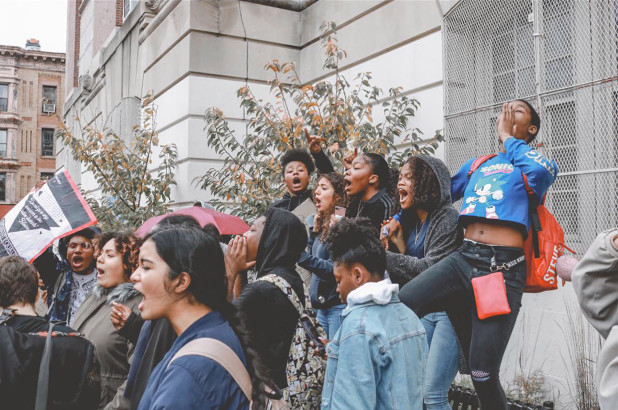Bernie Sanders Has a Better Statement on Education than Before
Bernie Sanders’ website has a better statement on the importance of investing public education and teachers than any other Democratic candidate so far:
Today, more than 60 years after the historic Brown v. Board of Education decision ending legal segregation in our public schools, and 50 years after President Johnson signed the Elementary and Secondary Education Act into law, poor and minority students are still not afforded the same education as their wealthier, and often whiter counterparts. This is not only unjust and immoral, it endangers our democracy.
I’m running for president to restore the promise that every child, regardless of his or her background, has a right to a high-quality public education.
Growing inequality is both the cause and the effect of our nation’s desperately underfunded public school system. Many public schools are severely racially segregated—in some parts of the country, worse than before the Brown decision. With funding for public schools in steep decline, students in low-income areas are forced to learn in decrepit buildings and endure high rates of teacher turnover. Public school teachers are severely underpaid and lack critical resources, and their professional CONTINUE READING: Bernie Sanders Has a Better Statement on Education than Before | Diane Ravitch's blog





























